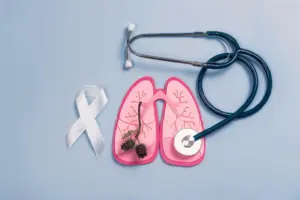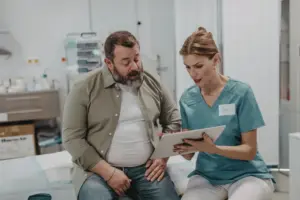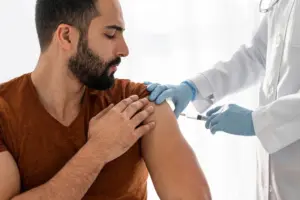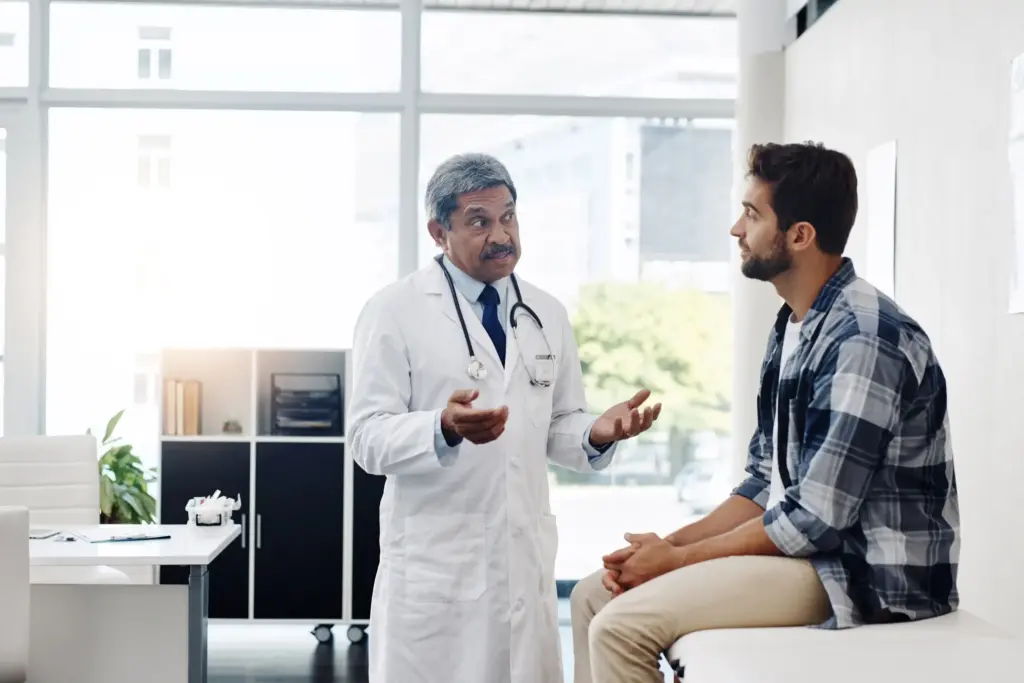
Testicular cancer: Testicular cancer occurs in the testicles, which are a part of the male reproductive system. Like all cancers, it may turn serious, but if it is caught early, it can be treated successfully. It is most common in young men between 15 and 35, though it can happen at any age.
What causes testicular cancer?
No one knows the exact cause of testicular cancer. However, some aspects do increase your risk. If you had undescended testicles at birth, your chances go up. Family history matters too. If your father or brother had it, you could be at higher risk. Some rare genetic conditions also raise your chances.
Also Read | What causes low testosterone in men? Symptoms and treatment options
Testicular cancer symptoms:
Your body often gives you signs when something is wrong. If you see changes in your testicles, like:
- A lump or swelling in one testicle
- Pain or discomfort in your testicle or scrotum
- A heavy feeling in your scrotum
- A dull ache in the lower belly or groin
- Sudden fluid buildup in the scrotum
Other Symptoms
- Breast tenderness or unusual growth
- Constant back pain
- Chest pain or difficulty breathing
- Feeling tired all the time
Although these symptoms don’t always lead to a cancer diagnosis, if you notice any of them, it’s advisable to see a doctor quickly. Early check-ups can save lives.
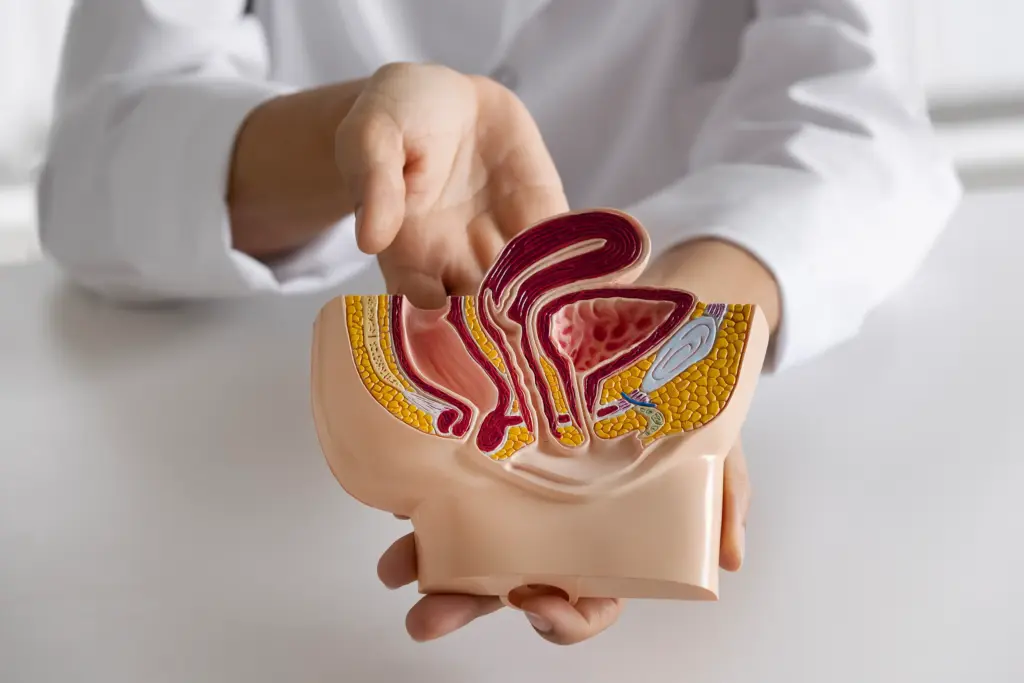
Stages of testicular cancer:
Doctors use stages to describe how far the cancer has spread:
- Stage 1 – Cancer is only in the testicle and can be removed surgically.
- Stage 2 – Cancer has spread to nearby lymph nodes. You might need surgery and chemotherapy.
- Stage 3 – Cancer has spread to other parts of the body, like the lungs or liver. Treatment is stronger, but many people still recover fully.
How doctors check for testicular cancer:
Early detection is key. Doctors use these tests:
- Physical exam of the testicles
- Blood tests to check for tumour markers
- Ultrasound of the testicles
- CT scan if they think it has spread
How to check yourself for testicular cancer?
Check yourself once a month. After a warm shower, gently roll each testicle between your fingers. Gently roll each testicle between your fingers. Look for lumps, swelling, or any change in size. Normal testicles should feel smooth and firm, without pain.
Is testicular cancer curable?
Testicular cancer has one of the highest cure rates. Whatever stage it is detected, over 95% of cases can be treated successfully. The plan is to remove the testicles surgically and then follow it up with chemotherapy and radiation.
Also Read | Erectile dysfunction in men: Debunking myths and exploring real solutions
Don’t ignore changes in your body. If you feel a lump or anything unusual, visit your doctor. The sooner you act, the better your chances of a full recovery. Ask your doctor about your risk and keep checking yourself regularly. Early action makes all the difference.




